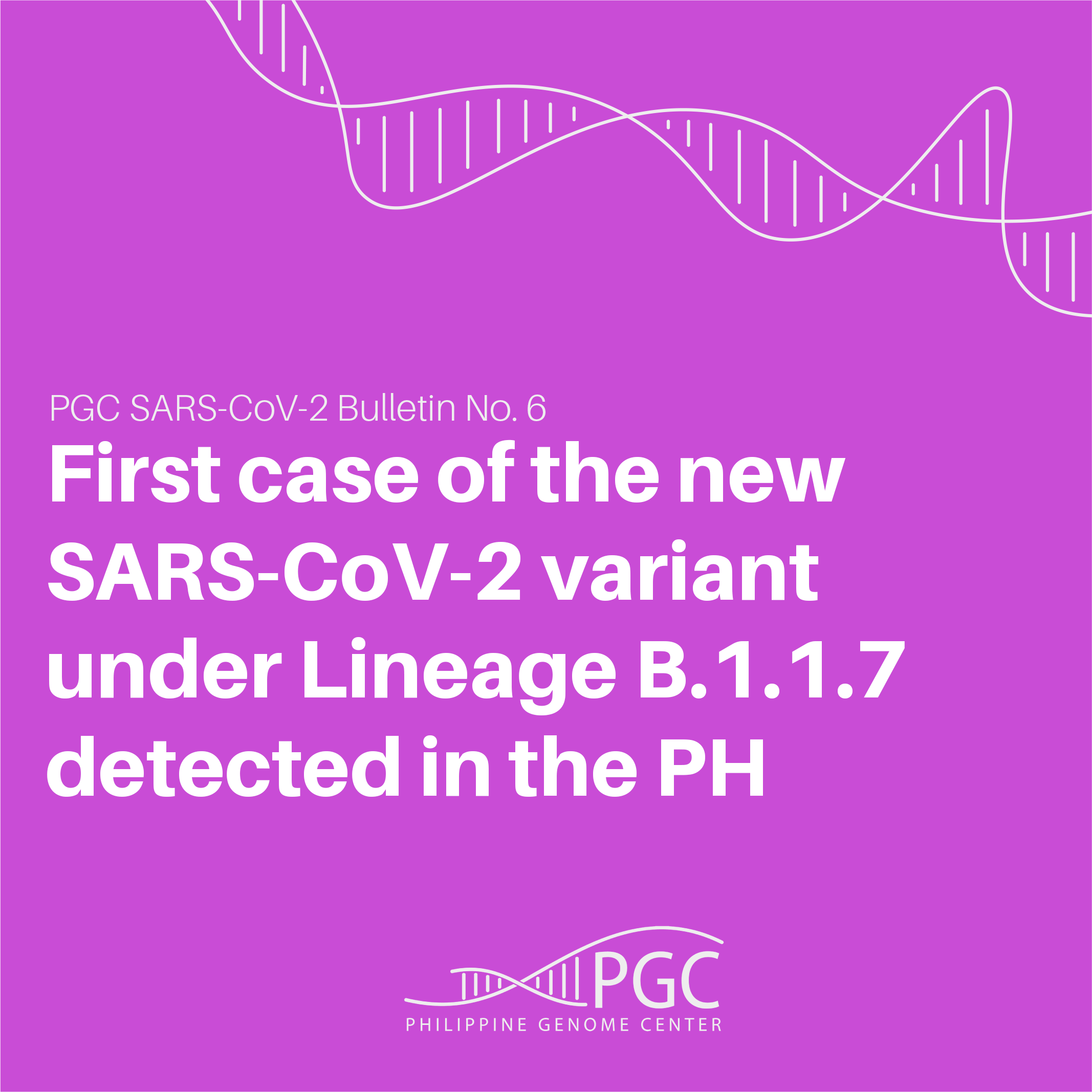The DNA Sequencing Core Facility (DSCF) in partnership with Golden Bat and QIAGEN is conducting a FREE sequencing of AMR samples from April 17-19, 2023.
Interested participants shall write a one-page rationale on why they need their sample/s sequenced and send it to [email protected] with the subject: AMR Sequencing [Entry]_Affiliation_Name
Deadline for entries is on March 31, 2023. For more information, contact Ma. Celeste S. Abad at [email protected] or [email protected] and/or call 981-8500 loc. 4707
Details on how to send accepted samples will follow.










